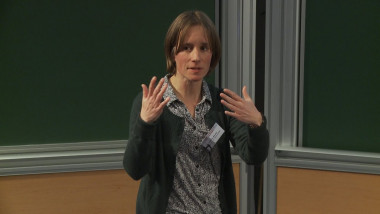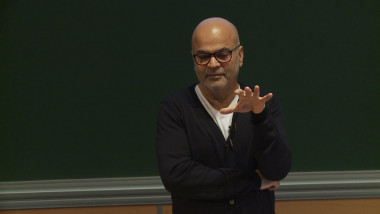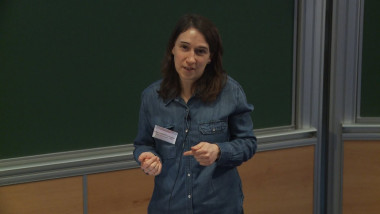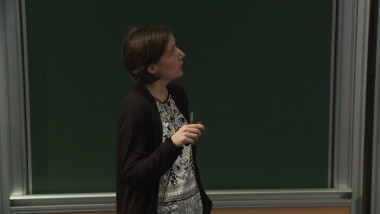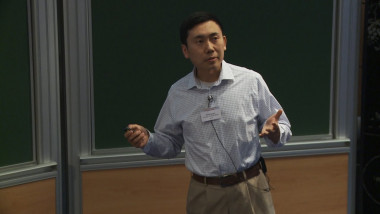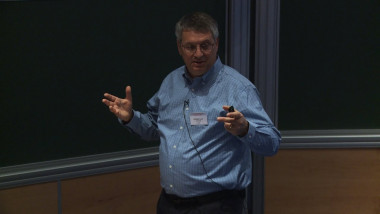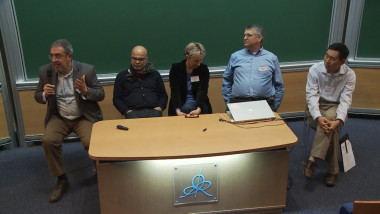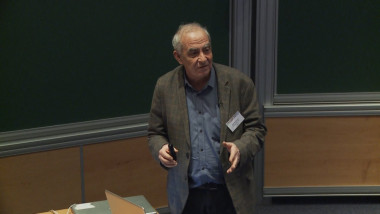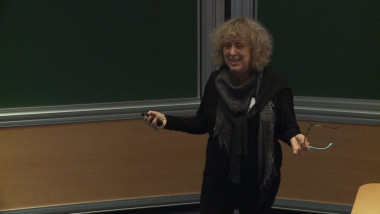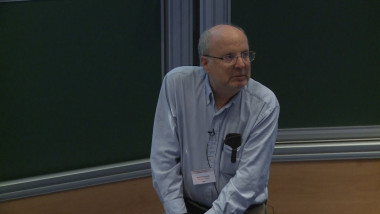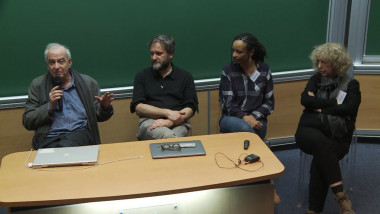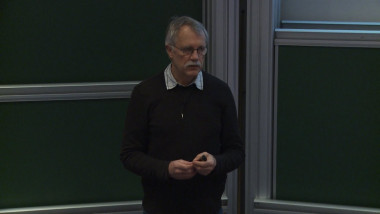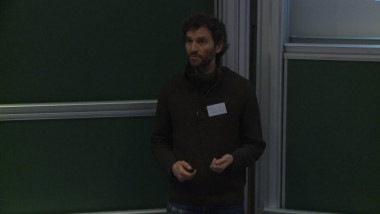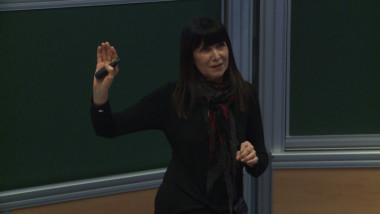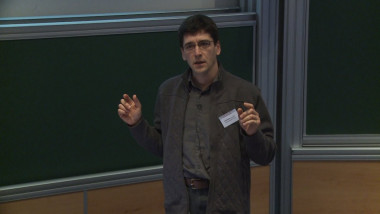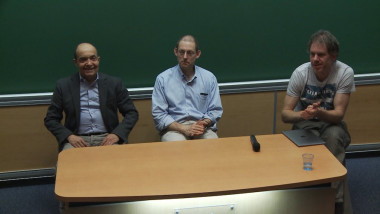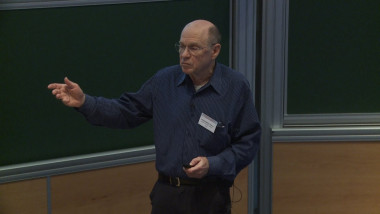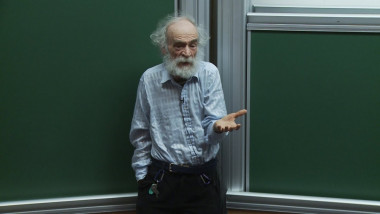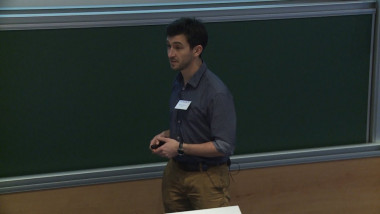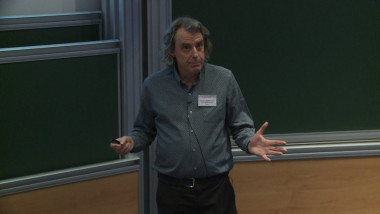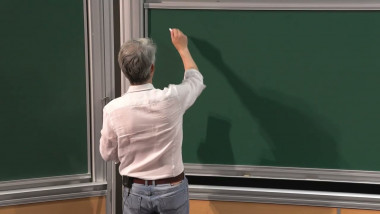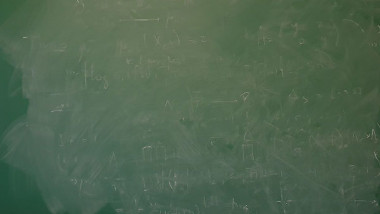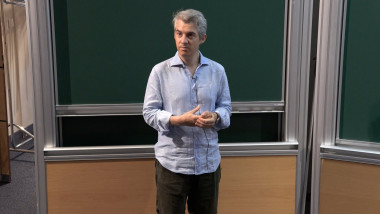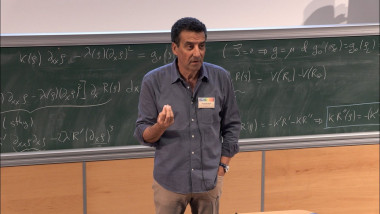Targeting of a model amphipathic helix to lipid droplets
By Alenka Copic
Lipid droplets (LDs) are dynamic organelles that play an essential role in cellular lipid homeostasis and are implicated in many human pathologies (obesity, diabetes, cancer, etc.); however, the mechanisms of selective protein targeting to LDs to mediate their function are poorly understood. Many LD proteins interact with LDs via amphipathic helices (AHs), which can mediate direct and reversible binding to lipid surfaces, and are also present in numerous non-LD proteins. We use a uniquely long and monotonous AH, found in the mammalian LD protein perilipin 4, to probe the physico-chemical properties of the LD surface. We show that this AH is unstructured in solution but can adopt a highly helical conformation, over a length of hundreds of amino acids, when in contact with a lipid surface.The regularity of its amino acid sequence allows us to introduce subtle mutations that are repeated along the length of the helix in order to dissect the parameters that are important for AH targeting to cellular LDs. By this mutagenic approach, we show that LDs are relatively permissive for AH binding, suggesting a surface with abundant lipid packing defects, in agreement with predicted behavior of a phospholipid monolayer on a neutral lipid core (Bacle et al., 2017, Biophys J, 112:1417). We show that AH length, hydrophobicity and charge all contribute to LD binding. However, a small increase in the hydrophobicity of AHs that leads to improved LD localization also makes them more promiscuous for binding to other cellular compartments. These results suggest that the physico-chemistry of the perilipin 4 AH is exquisitely tuned to be specific for LDs. In vitro, we find that purified wild-type AH binds poorly to bilayer membranes. In contrast, it can interact efficiently with neutral lipids and is capable of forming small uniformly coated oil droplets. Accordingly, overexpression of this AH in cells overcomes a decrease in LD stability associated with phospholipid depletion. We propose that by substituting for the phospholipid monolayer, perilipin 4 may be important for stabilization of LDs when phospholipids are limiting, for example during periods of LD growth.















